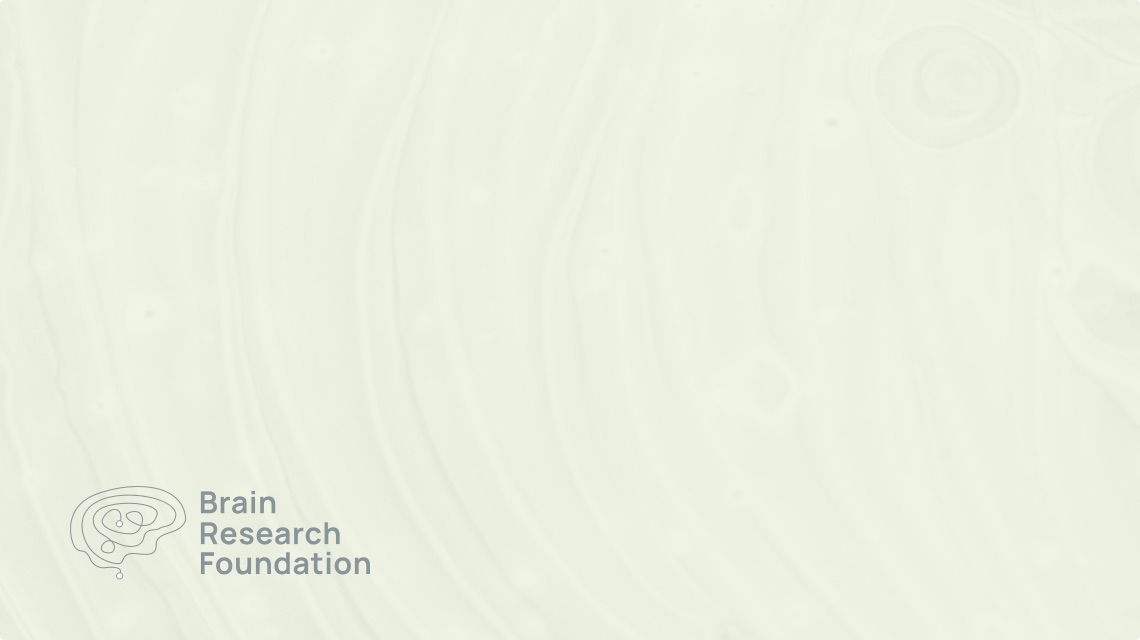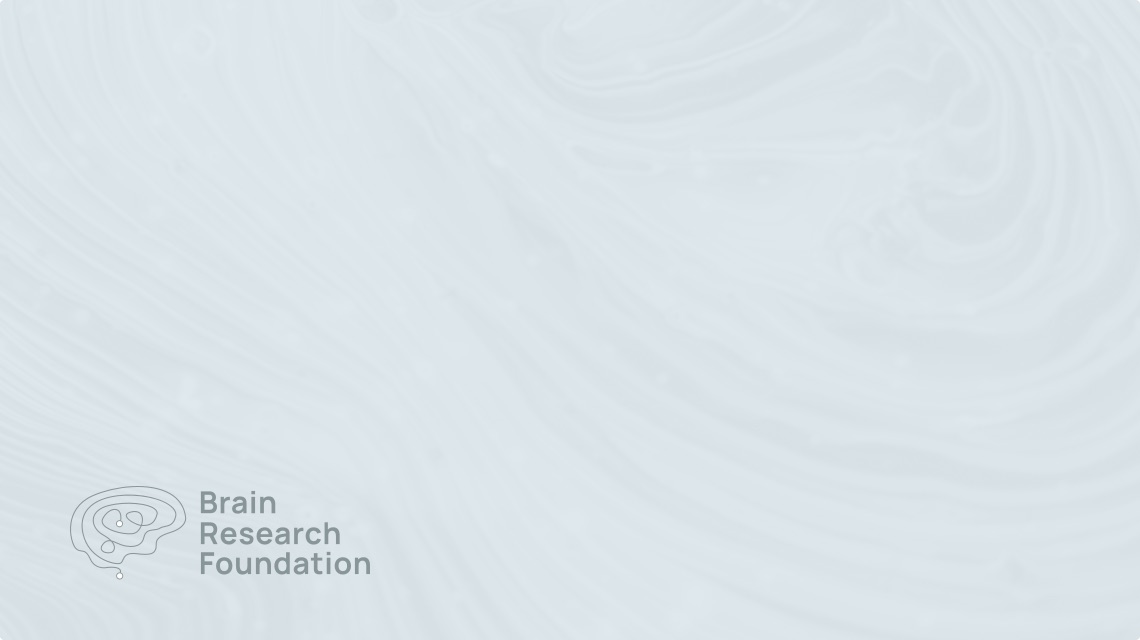2022 Seed Grant
Ishmail Abdus-Saboor, Ph.D.
Columbia University
Gentle touch from a loved one can evoke strong feelings of euphoria and reward. Stroking touch across the skin’s surface from partners is essential for developing relational bonds and for protection against the negative consequences of social isolation. Mammals are highly social creatures and our nervous systems have evolved to detect gentle touch in the skin and relay that stimulation to the brain so that we feel good and crave this sensation. Surprisingly, however, it remains uncertain how the nervous system connects gentle stimulation in the skin to neural circuits in the brain that govern rewarding social behavior. While tackling this problem in the highly-social mouse, my lab discovered a population of touch neurons in the skin that are both necessary and sufficient for rewarding social behaviors. Therefore, we are now poised to answer a remaining fundamental question at molecular-level resolution: what ensembles of neurons in the brain connect to the skin to promote rewarding social touch? Here, we will test our hypothesis that activation of molecularly-defined touch neurons in the skin triggers release of the neuropeptide oxytocin – a neurotransmitter critical for social behaviors ranging from parenting to mating. We will also test the hypothesis that activation of touch neurons turns on a unique ensemble of reward-encoding dopamine neurons, that are highly- tuned towards rewarding social touch. In freely behaving mice, we will apply cutting-edge tools to simultaneously activate touch in the skin while recording dopamine or oxytocin activity and release. Our research would be the first demonstration of peripheral somatosensory neurons linked to rewarding social touch behaviors that engages dopaminergic and oxytocin circuitry – all at cellular level resolution. The foundational studies proposed here will set the stage for our long- term studies aimed at how skin-to-brain circuits for social touch become altered during conditions ranging from social isolation to autism.

